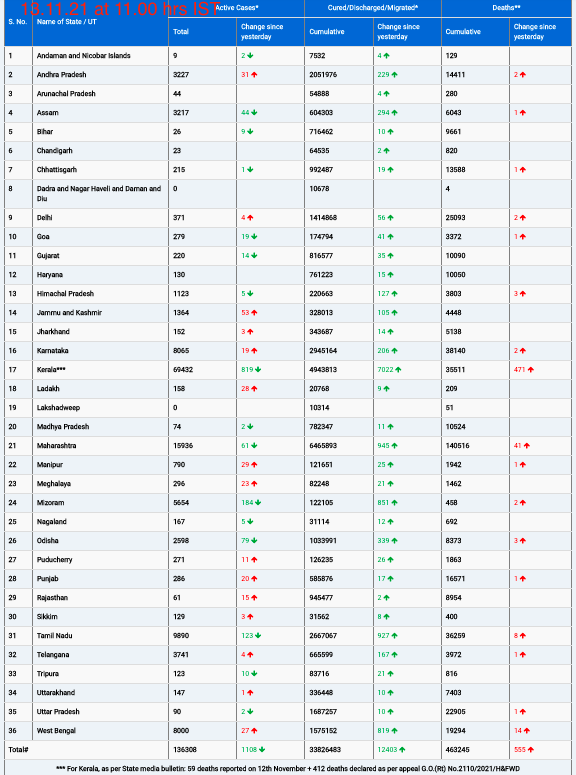Read Time:3 Minute, 31 Second
WHO News release
City design impacts the physical, mental, and social well-being of communities around the world. A new report prepared by WHO/Europe in collaboration with Gehl design agency looks at ways to promote physical activity and healthy diets in urban settings, thereby putting health and well-being at the centre of city planning.
Noncommunicable diseases are a major cause of death and disability worldwide. Health research indicates that 23% of global deaths and 26% of deaths among children under five are due to modifiable environmental factors. Heading this list are stroke, ischaemic heart disease, diarrhoea, and cancers.
Encouraging physical activity
So how can cities become healthy places to live and grow up in? One key aspect is the design of the urban environment, which can encourage healthier behaviours in cities, as can strong policies that pull in the same direction across sectors. The report shares initiatives and projects already under way to increase walkability, bikeability, and safety in cities across the WHO European Region.
Many cities took advantage of the COVID-19 crisis to implement actions related to urban transport and mobility, as well as access to urban nature and green spaces. In Tbilisi, Georgia, several events were organized to promote public awareness of the damage caused by gas emissions from traffic. This included pedestrianizing one of the main streets in the city for a few days to give citizens a chance to discover different options for street use.
The city of Cork in Ireland is introducing playful elements into its street architecture with ten new parklets, entertainment equipment and seating. Cherepovets in the Russian Federation is providing special pathways to access the water in both summer and winter. Designing streets through the lens of three main health-related challenges – air quality, physical inactivity, and mental health – helps to promote mental health for city dwellers of all ages and groups.
Improving urban food environments
The WHO report proposes that, rather than simply educating people about making better food choices and about the benefits of physical activity, cities can implement strategies to make those the easiest choices.
In Denmark, for example, fresh food that would normally go to waste from supermarkets is picked up and turned into ready meals. A vendor on a cargo bike drives the meals to transit hubs, where they are sold as an alternative to the unhealthy foods on offer there. The urban environment is used to turn the healthy option into the easy one.
Another intervention that puts food at the heart of its public space project is the creation of a new allotment garden in Lisbon, Portugal. Hosting a weekend farmers market, the urban gardens build on the idea of connecting local citizens to nature, while teaching children how to grow vegetables and highlighting the importance of eating local produce and maintaining a healthy diet.
Tools for healthier cities
Connections between health, economic, social, political, and environmental sectors are needed at local, regional, and national levels. One study highlighted how some food places that are important to communities go unrecognized by policy-makers, while others remain inaccessible to certain groups. Building up a more holistic understanding of the food system and its relationship to health and the urban environment enables more effective decision-making to address those barriers.
Several tools are available to facilitate this goal by collecting data showing how people move around a city. An emerging food asset mapping tool also measures a city’s food assets and identifies local food infrastructures that can improve food security. Other data sets look at different aspects of the built environment such as air pollution, quality of green spaces, and security conditions. Cities can utilize this information to encourage movement as well as healthy food choices.
Providing access to healthy foods and active lifestyles has profound effects on the physical, mental, and social well-being of communities around the world. The tools and examples in the report highlight the types of actions that policy-makers and urban planners can use for inspiration to rethink and improve their cities.
The report was launched on 31 August 2022, during Europe’s biggest event promoting health-enhancing physical activity – the HEPA Europe Conference held in Nice, France.












